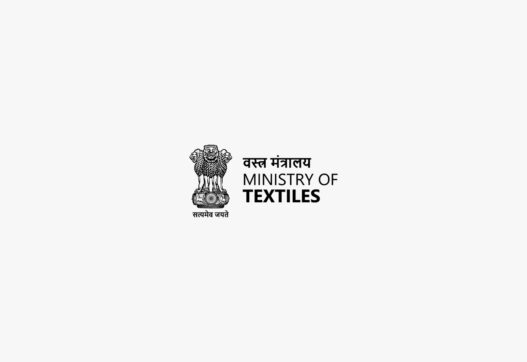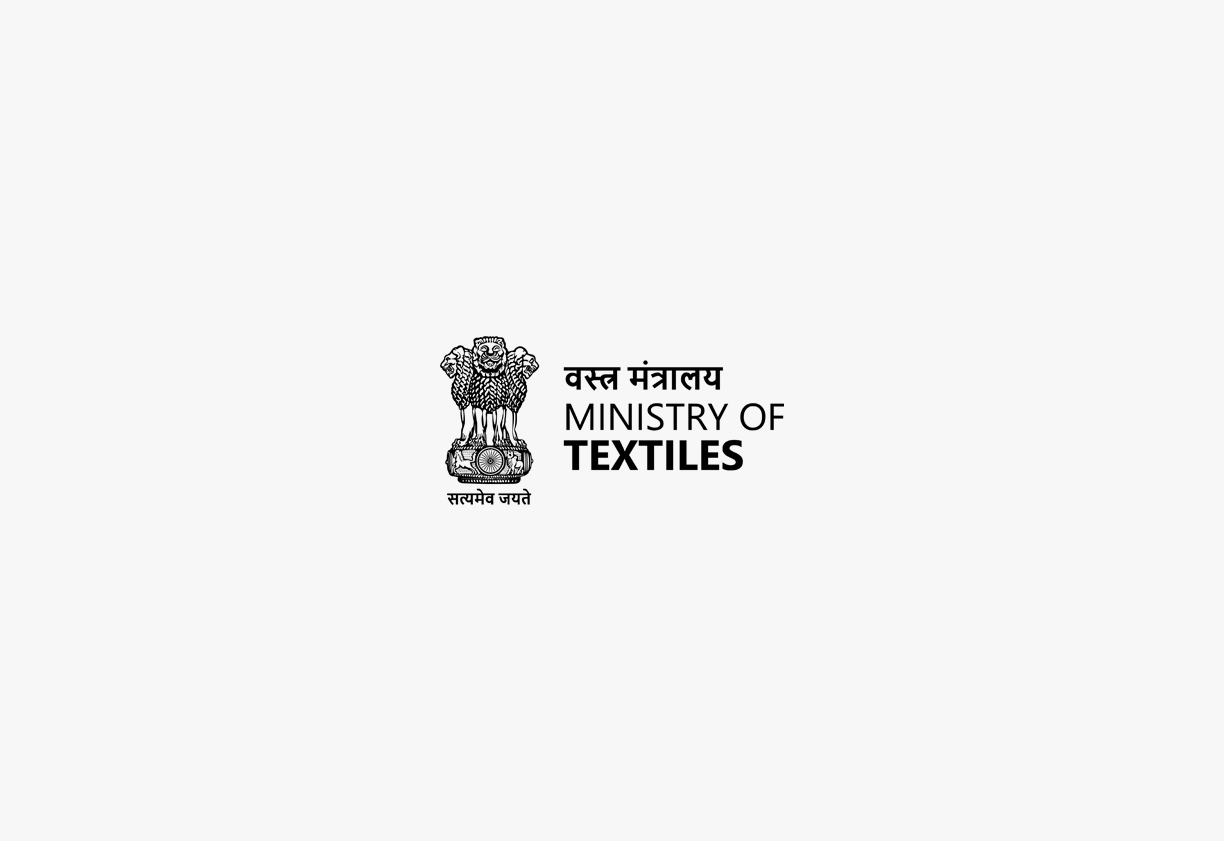Ministry of Textiles
The Central Silk Board Act, 1948, was enacted to establish a Central Silk Board responsible for the development of the silk industry in India. Recognizing the importance of sericulture for rural livelihoods and the economic potential of the silk industry, the Act aimed to create a dedicated body to oversee research, production, quality control, and marketing of silk. This Act falls under the Ministry of Textiles.
Enactment Date, Number of Chapters, Number of Sections:
The Act was enacted on September 20, 1948. It consists of 17 sections (with some sections omitted), and while not formally divided into chapters, it covers aspects such as the Board’s constitution, functions, funding, and regulatory powers.
Act Governed By:
The Central Silk Board is governed by its Board of Directors, which includes representatives from various stakeholders in the silk industry, as well as government officials. The Central Government has overarching control, with the power to make rules, issue directions, and supersede the Board if necessary.
On Whom It Is Applicable:
The Act applies to all individuals and entities involved in the silk industry, including silk-worm seed producers, reelers, dealers, and other stakeholders involved in the production, processing, and marketing of silk.
Penalties/Punishments:
The Act prescribes penalties for offenses such as making false statements, obstructing officers, and contravening regulations related to silk-worm seed production and trade.
Important Pointers:
-
Establishes the Central Silk Board as a body corporate.
-
Defines the Board’s functions, including research, quality improvement, marketing, and data collection.
-
Empowers the Board to impose a cess on certain kinds of silk to fund its activities.
-
Provides for the establishment of a Central Silk-worm Seed Committee to regulate seed production, quality, and trade.
-
Establishes related bodies such as the Hybrid Authorization Committee, Registration Committee, and Seed Certification Agency.
-
Grants the Central Government powers to control and supervise the Board’s activities.
-
Provides for the making of rules and regulations to implement the Act.




